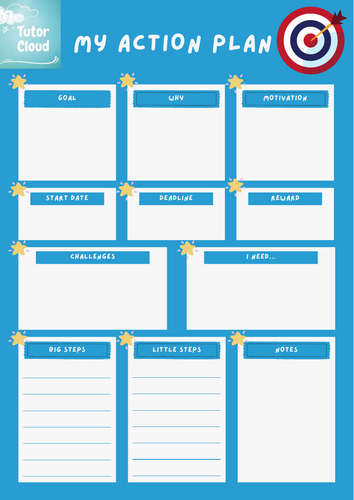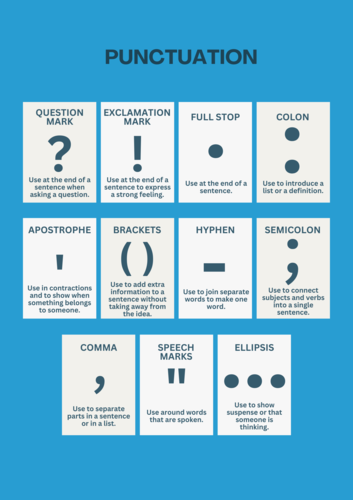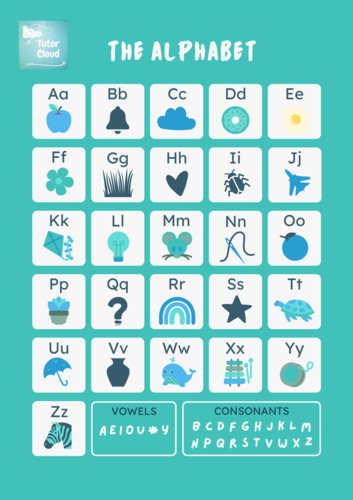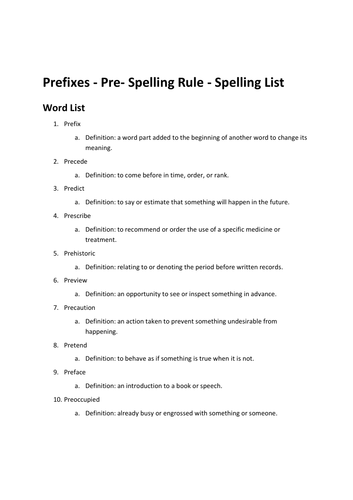Tutor Cloud Shop
Resources are meticulously crafted to align with the UK's educational standards. You can trust that they are created with your students' needs in mind. 🎓 🔎 Explore the collection and discover engaging worksheets, presentations, and creative activity packs that will captivate your students' imaginations while supporting their learning journey. 🌈🔬




















